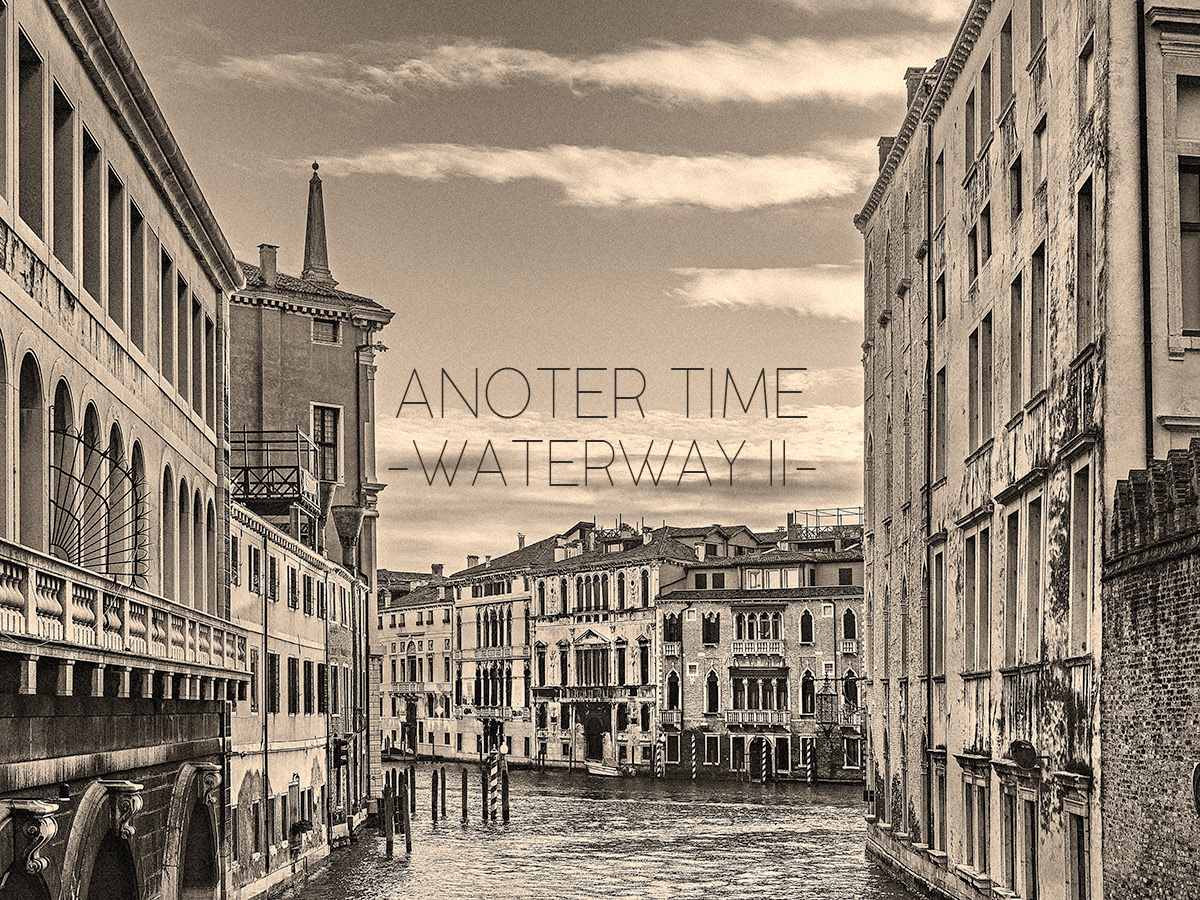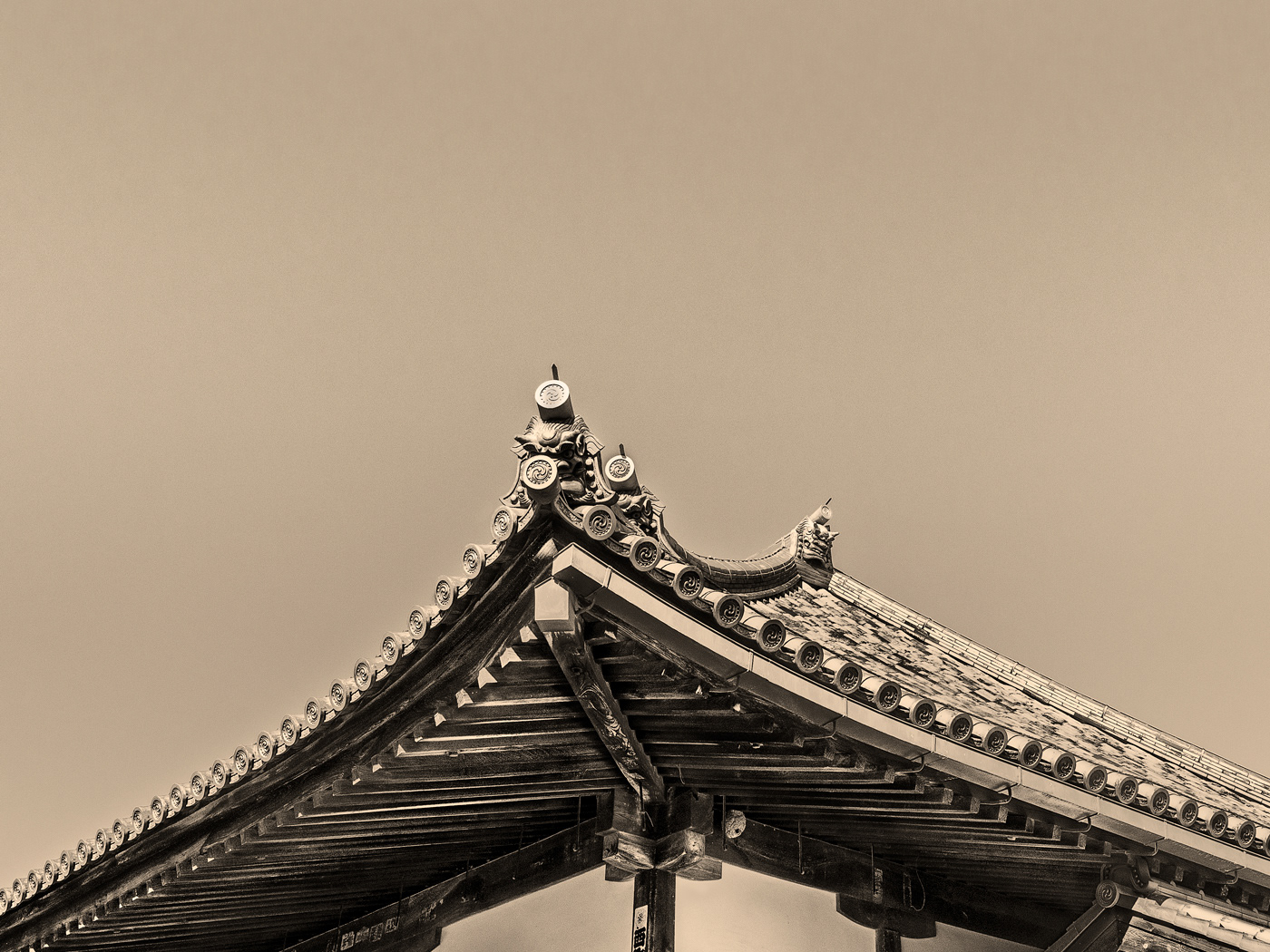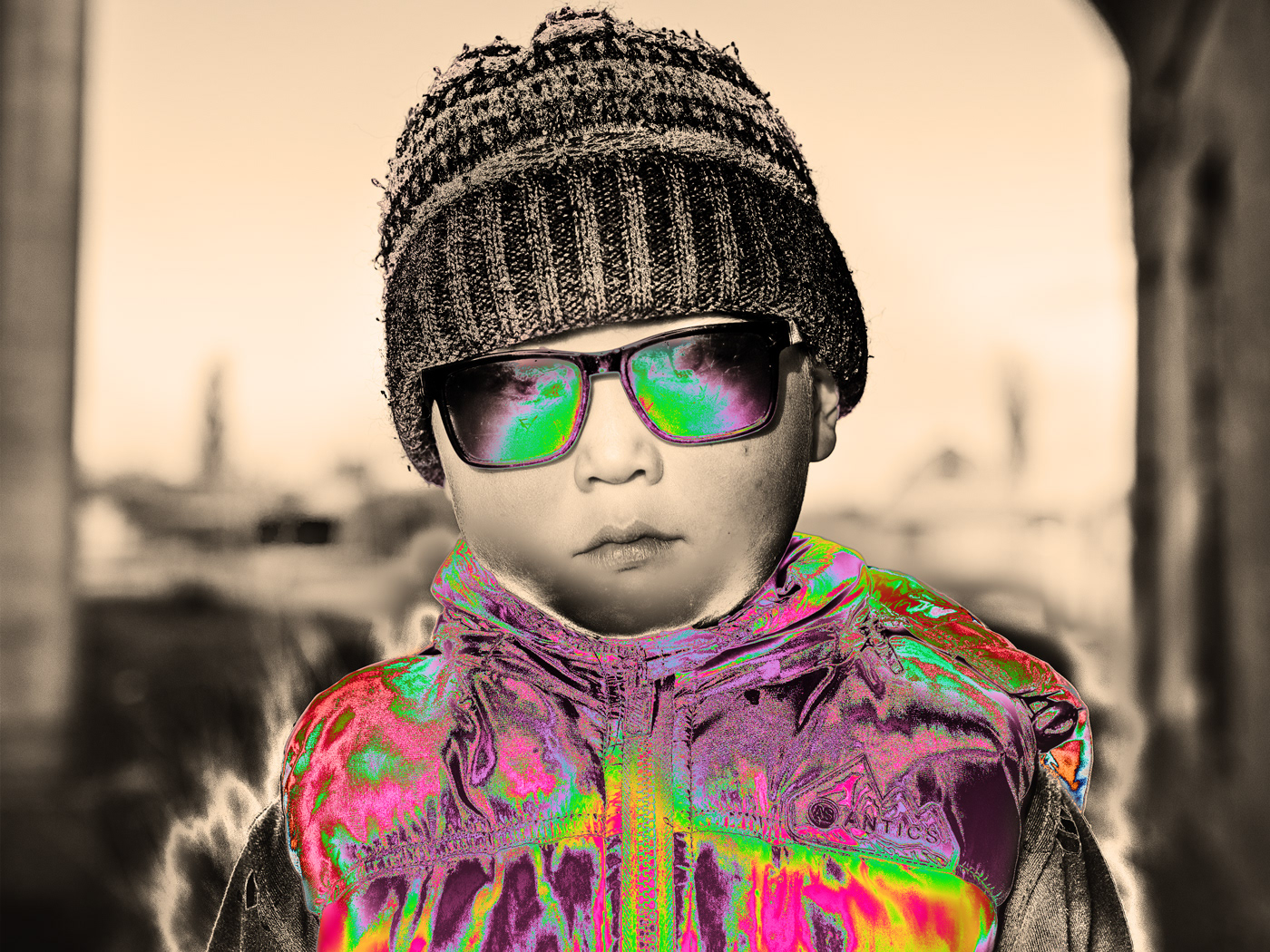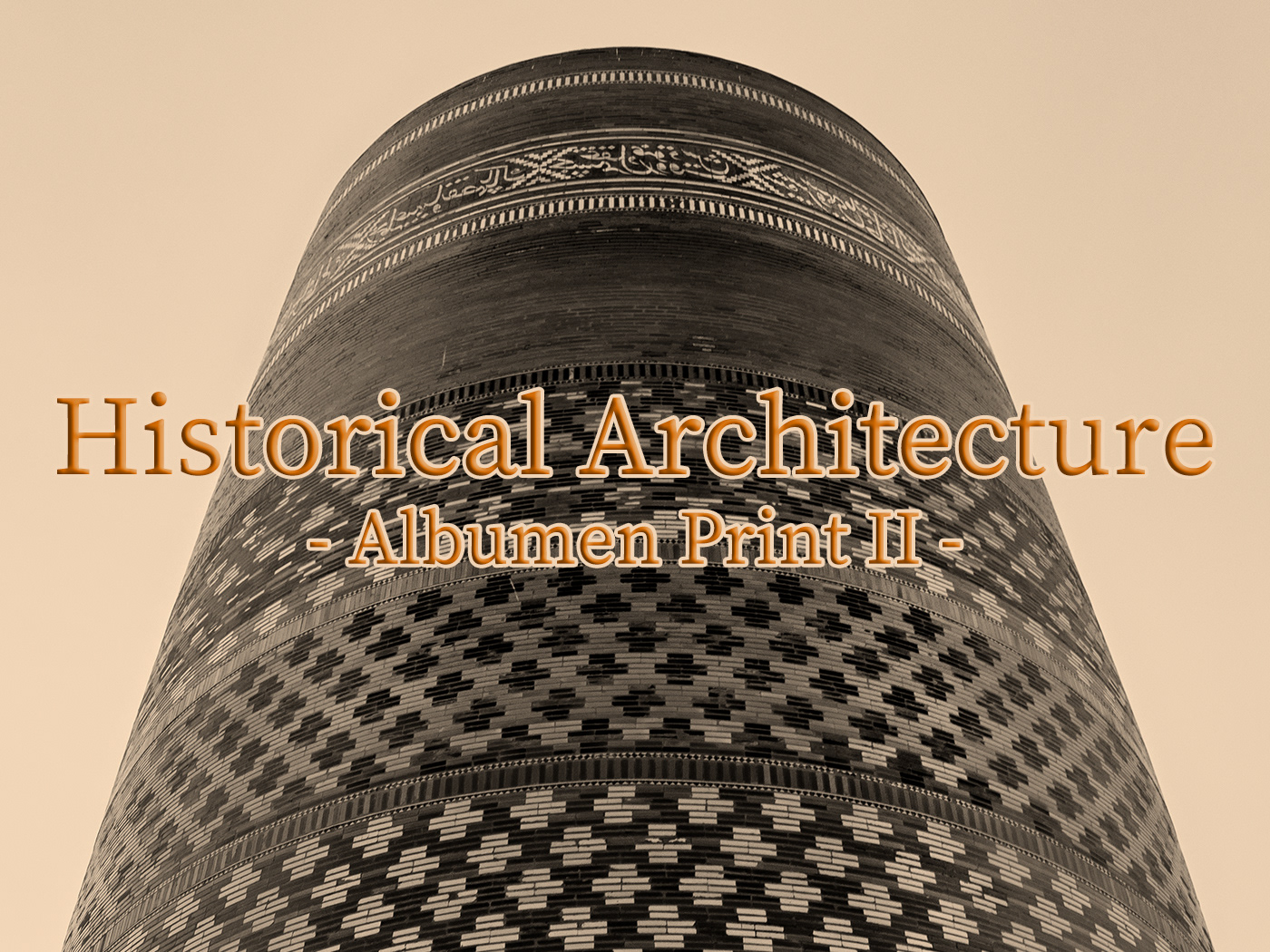The Dai Cing Gurun (大清国 | ᡩᠠᡳ᠌ᠴᡳᠩ ᡤᡠᡵᡠᠨ) was founded in northeastern China in 1616 and was a unified dynasty that ruled China and Mongolia from 1644 to 1912. Many architectural heritage, a masterpiece of many human creativity, was built during this period.
仁壽殿 (rénshòudiàn) : Ninjuden was used as a place to meet foreign envoys during the Qing dynasty in the 頤和園 (yíhéyuán) in Beijing.
佛香阁 (fúxiānggé) : A huge garden created by Qianlong Emperor (乾隆帝) and restored by Empress Dowager Cixi (西太后)
排雲殿 (páiyúndiàn) : The place where 西太后 (Empress Dowager Cixi) celebrated her birthday grandly
佛香阁 (wànshòushān) : Wànshòushān originates from Buddhist praise for the Buddha.
昆明湖 (kūnmínghú) : The lake is said to have been modeled after 西湖 (xīhú) in 杭州 (Hangzhou), China.
佛香阁 (wànshòushān) / 知恵海 (zhīhuìhǎi) : Wànshòushān and Zhīhuìhǎi are on the summit of Mt. Manju.
筒子河 (tǒngzi/zǐhé) : A moat that surrounds 紫禁城 (Zǐjìnchéng)
角楼 (jiǎolóu) : Jiǎolóu stands on the four corners of Zǐjìnchéng.
景山公園 (jǐngshāngōngyuán) : This artificially created site was built just north of Zǐjìnchéng.
This way "back mountain surface water" is called 背山面水 (bèishānmiànshuǐ) in (風水) Fengshui.
This way "back mountain surface water" is called 背山面水 (bèishānmiànshuǐ) in (風水) Fengshui.
万春亭 (wànchūntíng) : 風水 (Feng Shui) defined the place of "wànchūntíng" as a place to prevent slaughter.
故宮 (Gùgōng) | 紫禁城 (Zǐjìnchéng) : Gùgōng (The old palace) used as the residence of the Ming and Qing emperors.
太和殿 (Tàihédiàn) : A place where important rituals such as the emperor's coronation are performed.
故宮 (Gùgōng) : Gùgōng means "old palace" and is now National Palace Museum.
Photographing place: Beijing city, CHINA
DMS : 39° 54′ 20″ N, 116° 23′ 29″ E
—
UNESCO : World Heritage List
Digital work for Albumen print series VII
Digital negative is converted to positive and digitally output.
Digital negative is converted to positive and digitally output.
—
Landscape of Silk road in CHINA
—
Photograph of Silk-road-journey by HashiLaboratory | Japanese photographer and researcher





















